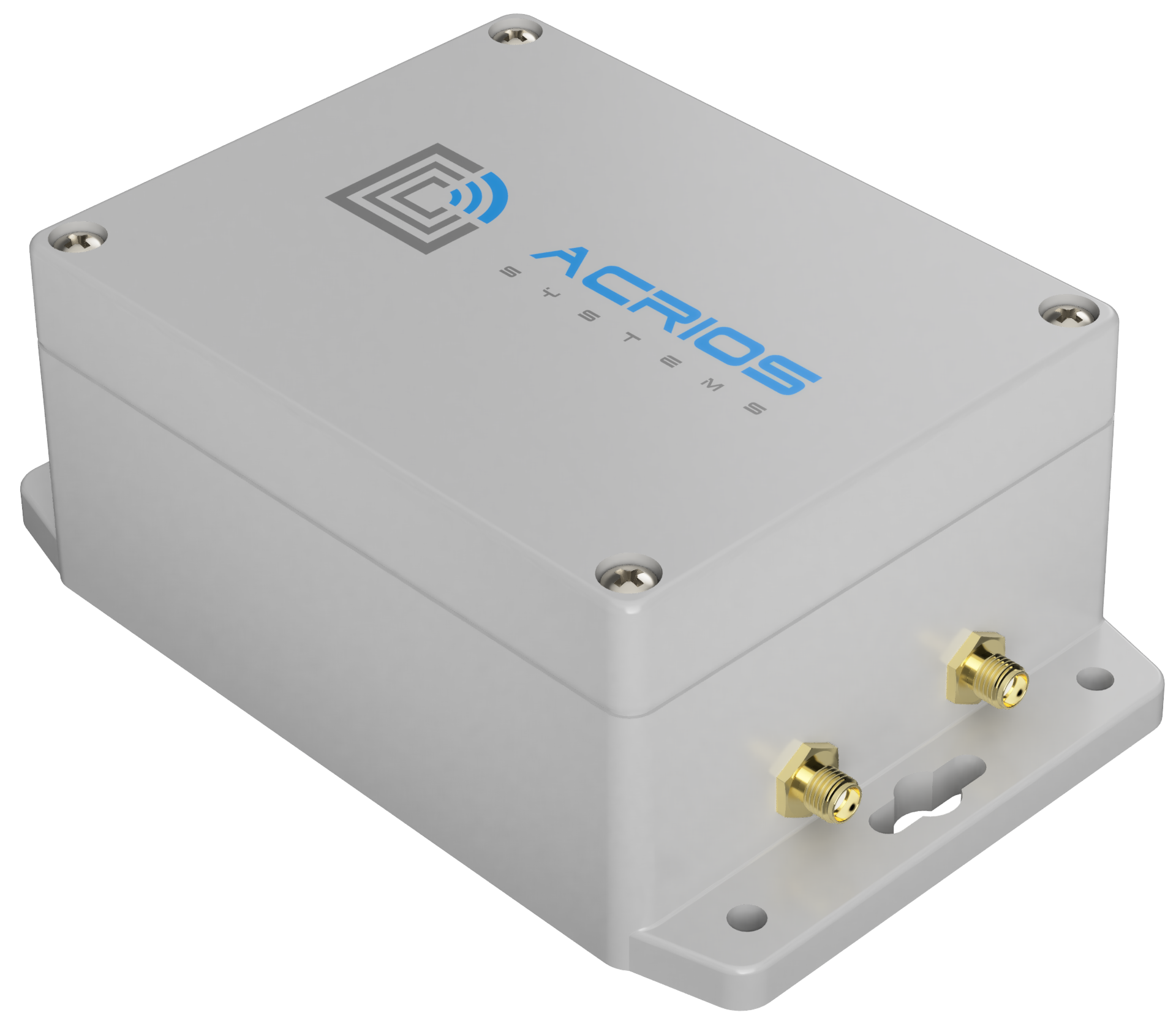
This device sends data from Wireless M-Bus meters over the NB-IoT network.
Wireless M-Bus technology allows data to be read wirelessly from up to 200 sensors simultaneously using a single device with the Wireless M-Bus protocol EN 137 57-3.
A long battery life of up to 10 years makes the IoT converter ideal for remote energy readings in apartment buildings.
External SMA antennas are used for the best Wireless M-Bus frame reception.
¶ Technical specification
| Wireless M-Bus interface | |
| Device type: | Master |
| Supported modes: | T1, C1, S1 - rest upon testing & confirmation |
| Maximum connected devices: | 200 |
| Wireless M-Bus protocol: | EN 137 57-3 |
| NB-IoT | |
| Bands: | B1, B3, B5, B8, B20, B28 |
| NB module: | SIM 7020E |
| Supported protocols: | TCP/UDP |
| Antenna: | External |
| TX Power: | 23 dBm |
| Configuration: | With cable over GUI or remotely (over the air) |
| General information | |
| IP coverage: | IP65 |
| Dimensions: | 145 x 90 x 55 mm |
| Operational temperature: | -30 to +60 °C |
| Weight: | 390 g / 490 g |
| HS code: | 85269200 |
| Single battery power supply | |
| Battery type: | Lithium |
| Battery capacity: | 19 000 mAh |
| Voltage: | 3.6 V |
| Rechargeable: | No |
| Replaceable: | Yes |
| Double battery power supply | |
| Battery capacity: | 38 000 mAh |
| External power supply - 220V AC | |
| Voltage: | 85 - 305 V |
| Frequency: | 47-63 Hz |
| Maximum consumption: | 4 W |
¶ Ordering codes
| Code | Description |
| ACR-CV-101NI-W-D2 | WM-Bus to NB-IoT converter with 2 x D battery |
| ACR-CV-101NI-W-D | WM-Bus to NB-IoT converter with D battery |
| ACR-CV-101N-W-EAC | WM-Bus to NB-IoT converter with AC external power supply |
¶ The installation proccess
¶ Battery-powered version
- Unscrew the 4 screws holding the cover and remove the cover.
- Connect the battery connector to the power connector on the converter board. Insert SIM card.
- Replace the device cover and tighten the 4 screws holding the cover.
- Secure the device at the installation site with screws or cable ties.
¶ Externally-powered version
- Unscrew the 4 screws holding the cover and remove the cover.
- Run the power wires through the PG bushing. Insert SIM card.
- Connect the power lines to the terminal board.
- Replace the device cover and tighten the 4 screws holding the cover. Make sure that the PG bushing is tightened.
- Secure the device at the installation site with screws or cable ties.
¶ Recommendations for the best function
The universal converter is designed for both indoor and outdoor use. For outdoor installation, place the converter with the antennas pointing down.
Always tighten the PG bushing gently, without the use of tools. It is not necessary to use silicone or other adhesives for the proper water tightness of the device.
Remote configuration of the converter is possible using tools provided by ACRIOS Systems s.r.o. Contact us at info@acrios.com to be provided with needed configuration tools.
When handling the device without the lid on, it is essential to avoid contact with liquids. Never place the device on conductive pads, and do not touch the components on the device unnecessarily.
For the correct functioning of the device, it is necessary to have sufficient coverage of the NB-IoT network at the installation site.
¶ Configuration proccess
The configuration can be done either remotely, or via GUI and the configuration cable. Remote configuration requires a modified LUA script and this option is being used during the installation of tens and hundreds of units. For the proof of concept, the local configuration by GUI is being used. For special applications, we can provide you with a backend tool as well.
The example of remote configuration over the air can be seen in the application note here.
The backend solution can be seen here.
¶ Local configuration proccess
The start-up process of the converter consists of 2 main parts. The first is the bootloader part. The bootloader is responsible for the correct launch of the application firmware and also the bootloader allows us the remote firmware update. The bootloader is running for 1 to 3 minutes depending on its ability to join the NB-IoT or LoRaWAN network. During this bootloader process, you can not connect to the GUI. To skip a bootloader, you can press and hold the button until the LED lights up.
¶ Connecting to the GUI and configuration
- Insert the 3.5mm jack of the ACR-CONFIG cable into the 3.5mm jack receptacle on the board
- Launch the GUI
- Click “Connect”
- Power-on the converter
- The blue LED will glow. This is a sign of a bootloader.
- Press and hold the button until you skip the bootloader and GUI will start connecting
- Configure the necessary parameters of the converter within a “Configuration” section of the LUA script
- After you are done, press “Disconnect”
- Repeat the power cycle